Found in diverse corners of the world, from Australia’s rugged coastlines to the sunny salt flats of Mexico, these surreal lakes get their unique coloration from a mix of salt-loving microorganisms, minerals, and light refraction. Their striking beauty makes them popular destinations for scientists, photographers, and adventurous travelers seeking the extraordinary.
In this article, we explore eight of the most enchanting pink lakes on Earth—each with its own unique story and breathtaking charm.
Lake Hillier: Australia’s bubblegum-pink icon
Located on Middle Island off the coast of Western Australia, Lake Hillier is one of the most famous pink lakes in the world. Its vibrant bubblegum hue is caused by Dunaliella salina, a salt-tolerant algae that produces beta-carotene, the same pigment that gives carrots their orange color.
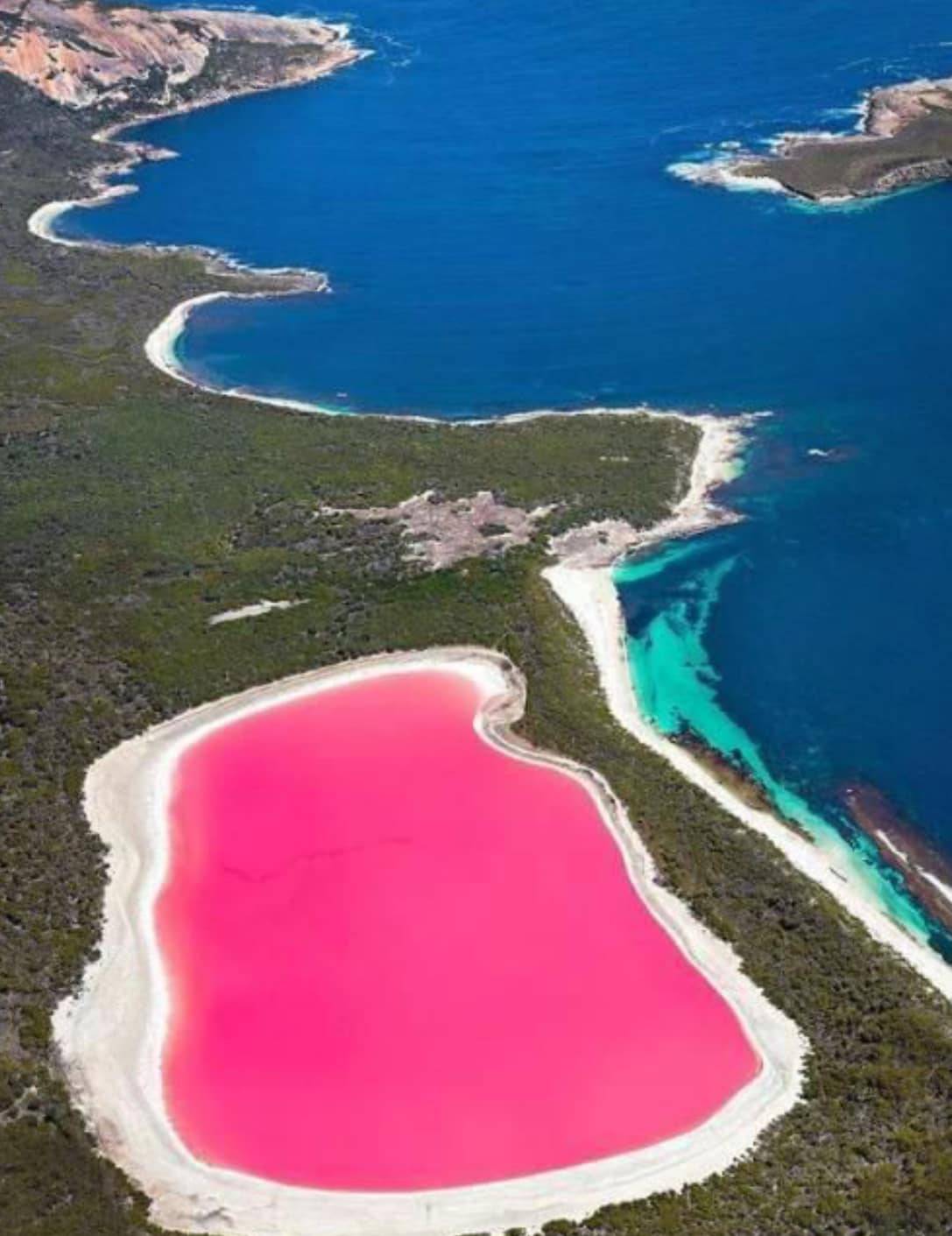
What makes this lake especially fascinating is that its pink tint remains even when the water is bottled, defying expectations. Surrounded by dense eucalyptus forest and white sandy shores, Lake Hillier is best viewed from above, offering a mesmerizing contrast of colors that look almost painted.
Lake Retba: Senegal’s shimmering rose treasure
Also known as Lac Rose, this stunning lake lies northeast of Dakar, Senegal’s capital. Lake Retba is renowned for its high salt concentration—comparable to that of the Dead Sea—which allows people to float effortlessly on its surface.
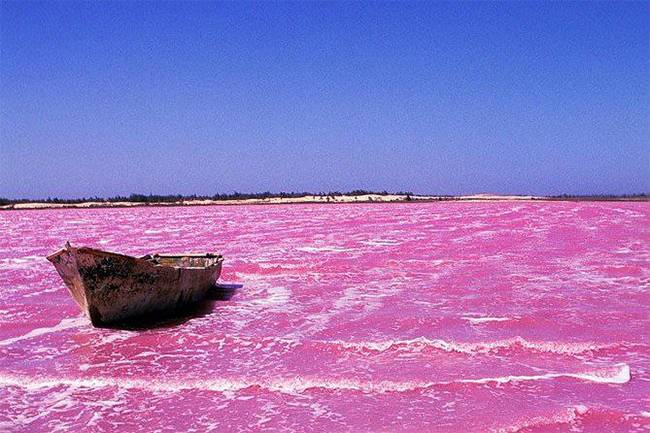
Its rosy-pink color intensifies during the dry season, when algae and sunlight interact to produce vivid pigments. Local salt harvesters, covered in shea butter to protect their skin, are a common sight, adding to the lake’s cultural and visual allure. Lake Retba is not just a natural marvel but a vital source of livelihood for nearby communities.
Hutt Lagoon: Western Australia’s color-changing wonder
Located near Port Gregory, Hutt Lagoon is a spectacular salt lake that can appear pink, red, or even lilac depending on the time of day, season, and cloud cover. Like Lake Hillier, its color comes from Dunaliella salina algae, making it a hotspot for both tourists and photographers.
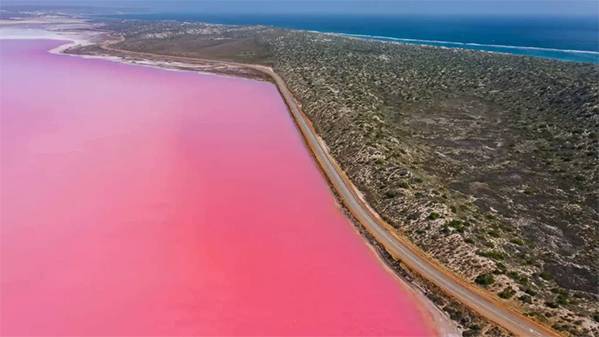
The lake’s stunning, ever-changing hues make it one of Australia’s most photogenic natural wonders, and it’s easily accessible by road, making it a must-see stop on Western Australia’s Coral Coast.
Dusty Rose Lake: Canada’s pastel-hued secret
Hidden deep within British Columbia’s mountains, Dusty Rose Lake offers a completely different kind of pink. Unlike other pink lakes that get their color from algae or salt, this one owes its muted rose tone to mineral deposits and glacial silt.
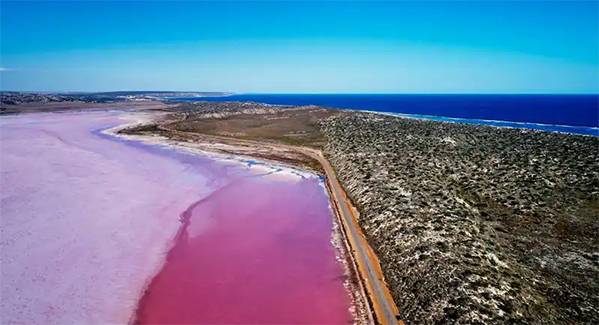
Fed by meltwater from nearby glaciers, the lake’s pastel tint gives it a soft, ethereal glow that changes with sunlight. Although remote and hard to access, its untouched beauty makes it a remarkable example of how nature can create color without life forms or chemical reactions.
Las Coloradas: Mexico’s vibrant pink paradise
Situated on Mexico’s Yucatán Peninsula, Las Coloradas is a series of salt evaporation ponds famous for their dazzling pink tones. The hue results from microscopic algae, red plankton, and brine shrimp that thrive in highly saline water.
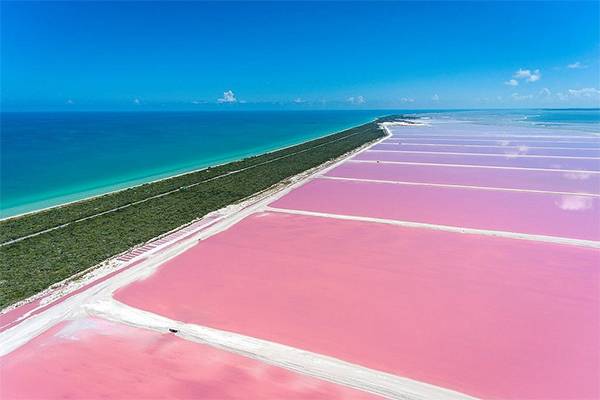
The combination of hot sun, clear skies, and white salt flats enhances the color’s intensity, making it appear almost fluorescent. Once used primarily for salt production, Las Coloradas has now become a popular eco-tourism spot and Instagram hotspot, drawing visitors from around the world to witness its surreal beauty.
Salinas de Torrevieja: Spain’s rosy wellness lagoon
Near Alicante in southeastern Spain lies Salinas de Torrevieja, a saltwater lagoon known not only for its captivating pink hue but also for its health benefits. The lake’s rich minerals and saline mud are said to soothe skin conditions and promote relaxation.
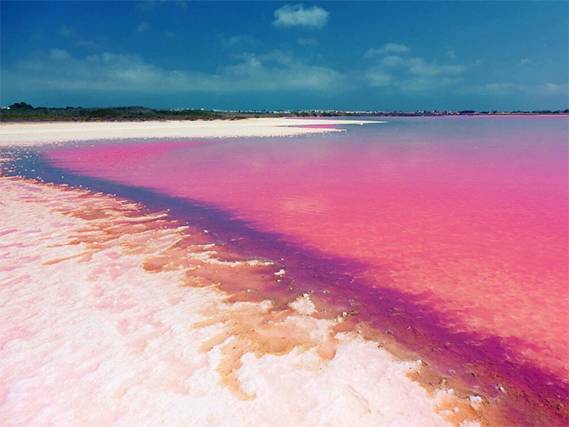
Its color is due to halobacteria and algae that thrive in the hypersaline environment. Flamingos often visit the area to feed on these microorganisms, creating a scene of pastel water dotted with elegant pink birds—truly a photographer’s dream.
Masazirgol: Azerbaijan’s rare pink salt lake
Located just outside Baku, Azerbaijan’s capital, Masazirgol (also known as Masazir Lake) is a highly saline body of water with a distinct pinkish hue that becomes more pronounced in the summer months.
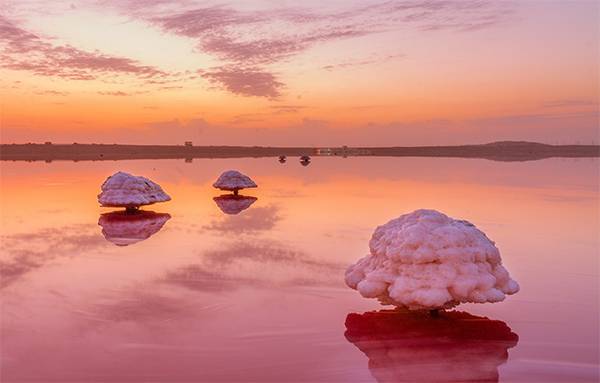
Its waters are harvested for salt, a practice that has been ongoing for centuries. The lake’s reflective pink tones, combined with the surrounding arid landscape, make it one of the region’s most unique natural attractions. Though lesser-known internationally, Masazirgol is a gem for travelers seeking off-the-beaten-path destinations.
Lake Natron: Tanzania’s mystical crimson mirror
Rounding out the list is Lake Natron, located in northern Tanzania near the Kenyan border. This lake is famous for its deep red and pink colors, caused by microorganisms that thrive in its extreme alkaline environment.
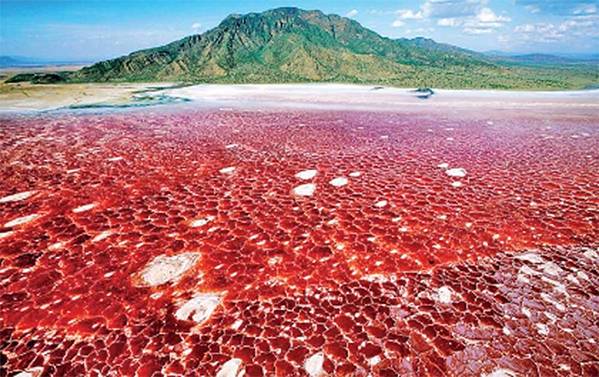
The water can reach temperatures of up to 60°C (140°F), making it inhospitable for most life—but perfect for certain species of algae and flamingos that nest along its shores. The surreal combination of vivid colors and mirrored reflections creates one of the most otherworldly landscapes in Africa.

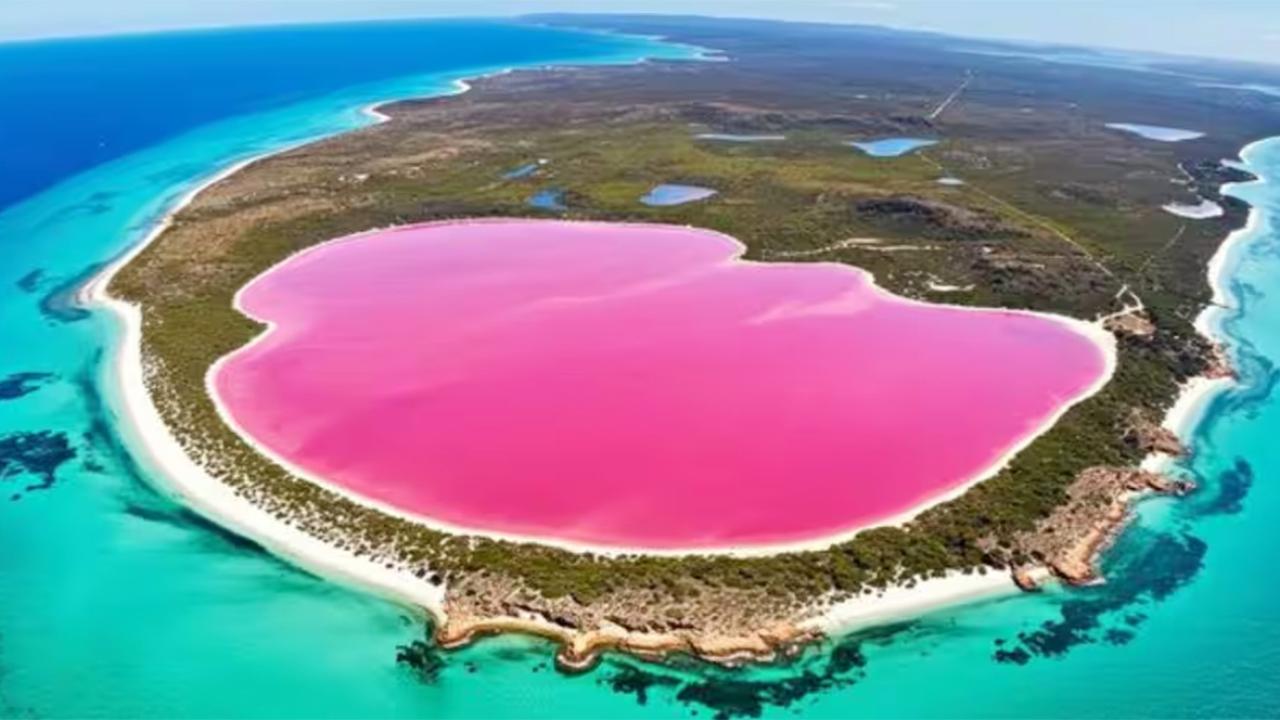
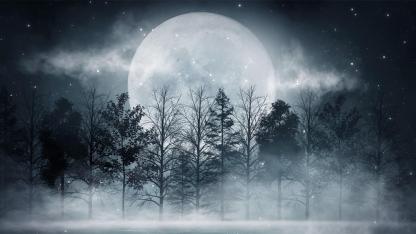
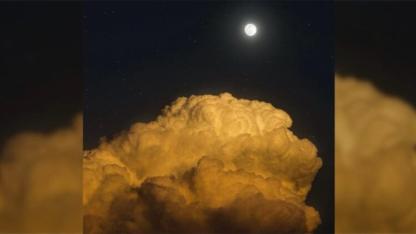
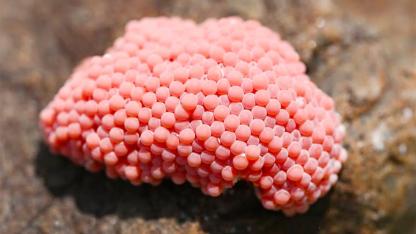
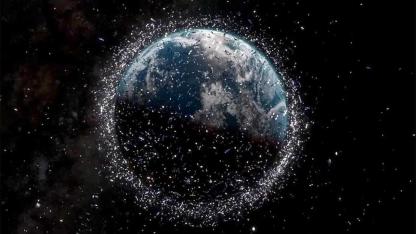
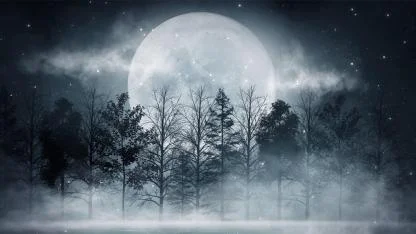
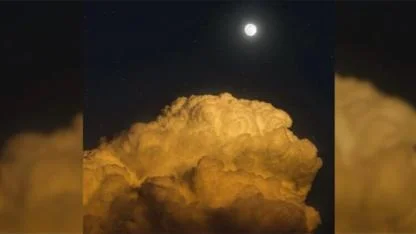
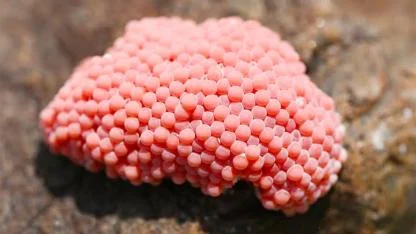
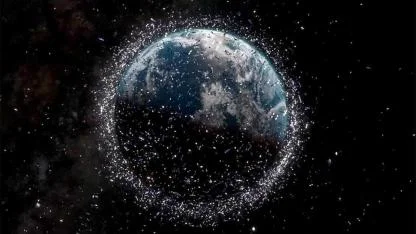
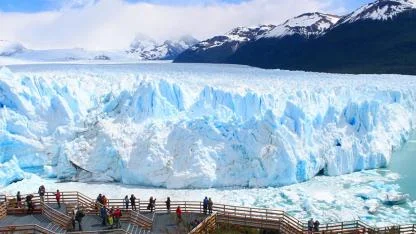
Yorumlar
Kalan Karakter: